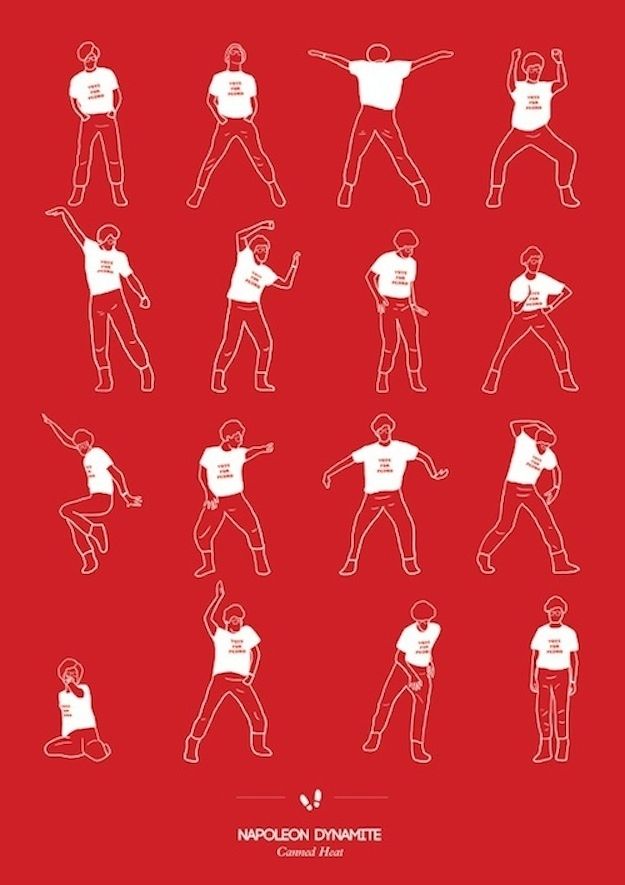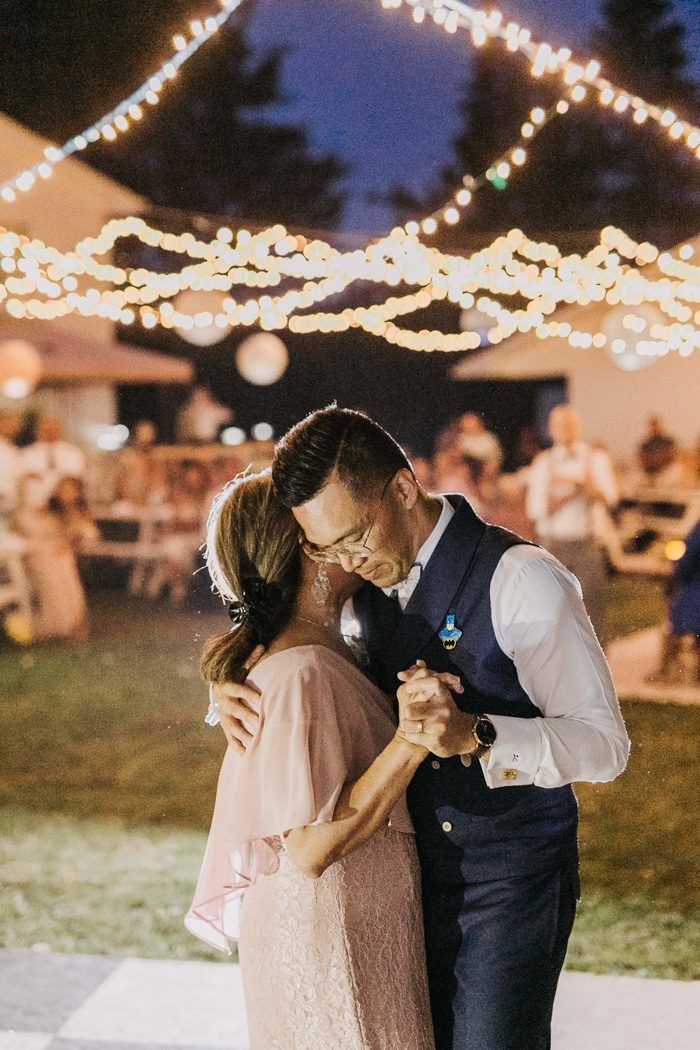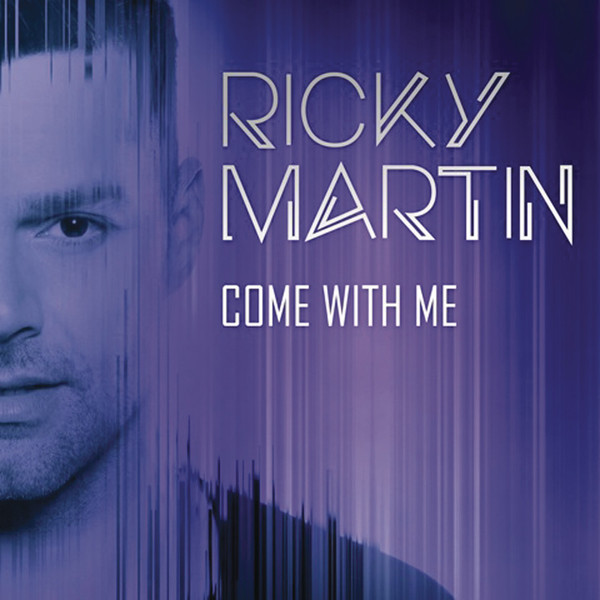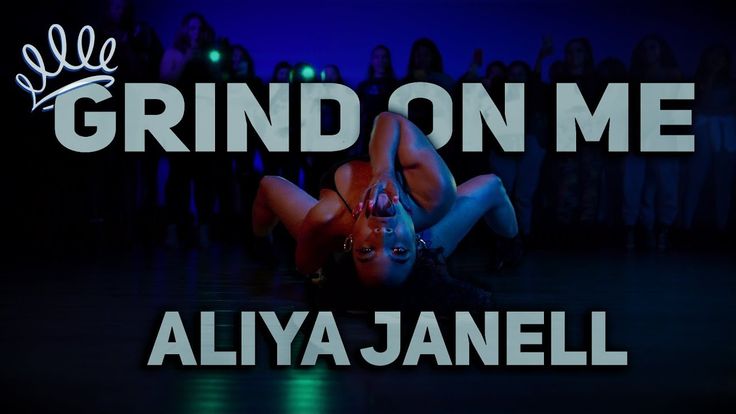How to make a career in dance
The Right Steps Towards A Career In Dance
Image via WikipediaMany children have a desire to dance. Some proclaim that when they grow up they want to become professional dancers. While many youth share this dream, only a few make it.
While it may be difficult to have a career in dance, it is definitely possible. Here are some helpful ways to make your dance dream into a reality:
- Become more knowledgeable about your craft
- Take a variety of dance classes
- Become a choreographer
- Consider a degree in Dance
- Build connections through networking
Become more knowledgeable about your craft:
Like in any profession, the more you know the better off you will be. The same rule applies for dance. It is a common misconception that dancers rely solely on their muscles. In reality, dancers rely much more on the brain. Learning choreography at a fast pace, reversing combinations, and timing movement to new music takes some serious brain power!
Aside from the physical aspects of dance, become knowledgeable about the entire field. If you are interested in ballet, perhaps research the history of ballet and see how your favorite arabesque came into existence. For Hip-Hop lovers, why not research the early Poppers or see where Krump dancing originated? Remember that a well informed dancer is a promising professional dancer who can contribute to the field in new and exciting ways.
Take a variety of dance classes:
Image by juicyrai via FlickrIt can be scary to break out of the comfortable confines of your local studio. But branching out has many benefits for an aspiring dance professional. By taking a wide variety of dance classes from different sources, you become a more versatile dancer. In today’s dance industry, versatility is extremely important. Sure you can specialize in a specific dance genre, but it is also important to be well-versed in a variety of styles. Most private studios offer the standard ballet, jazz and modern combination of courses. However, some offer tap, ethnic forms (like African and Latin styles), hip-hop (house, breaking, popping, locking), lyrical, contemporary and modern!
Take as many different dance classes as you can from different sources. If you belong to a studio, why not supplement your training with additional workshops and master classes? What doesn’t kill you makes you stronger, so if you can survive a grueling dance schedule than you are taking a step in the right direction.
If you belong to a studio, why not supplement your training with additional workshops and master classes? What doesn’t kill you makes you stronger, so if you can survive a grueling dance schedule than you are taking a step in the right direction.
Explore choreography:
Many leading industry professionals are required to contribute to the choreographic process. Even if your goal is to dance for a company, you should still be able to choreograph or create new movement on your own. Some choreographers ask dancers to improvise movement during a rehearsal or develop a phrase to go along with set choreography. Being able to create new movement is not rocket science—it takes creativity. Explore the way your body moves by improvising on your own. Try new things and do not be afraid to break outside of the barriers when creating new movement. After all, the objective is to create something new and exciting—so take a chance. You might surprise yourself and gain a new appreciation for choreographers. You may even become one!
You may even become one!
Consider a degree in dance:
Image by UMTAD via FlickrDancers and artists fight an economic battle. To defeat debt, underfunded programs, and unemployment, it is important to come equipped for battle. One of your most reliable shields can be a degree in dance. There are now a host of higher education dance departments across the country. Some offer Bachelors of Arts (most liberal arts colleges and universities) while others offer a Bachelor in Fine Arts Degree (most conservatories). Some programs are large and require dance 24/7. Conservatories are dance training programs that prepare dancers to go out into the performance world ready for battle. Liberal Arts programs offer life skills such as writing, public speaking, problem solving and developing the inner artist. These programs also prepare graduates to become professional dancers and advocates for the arts. Conservatories and Liberal Arts programs have different approaches to dance training, but each has had countless success stories and many graduates currently working as professional dancers.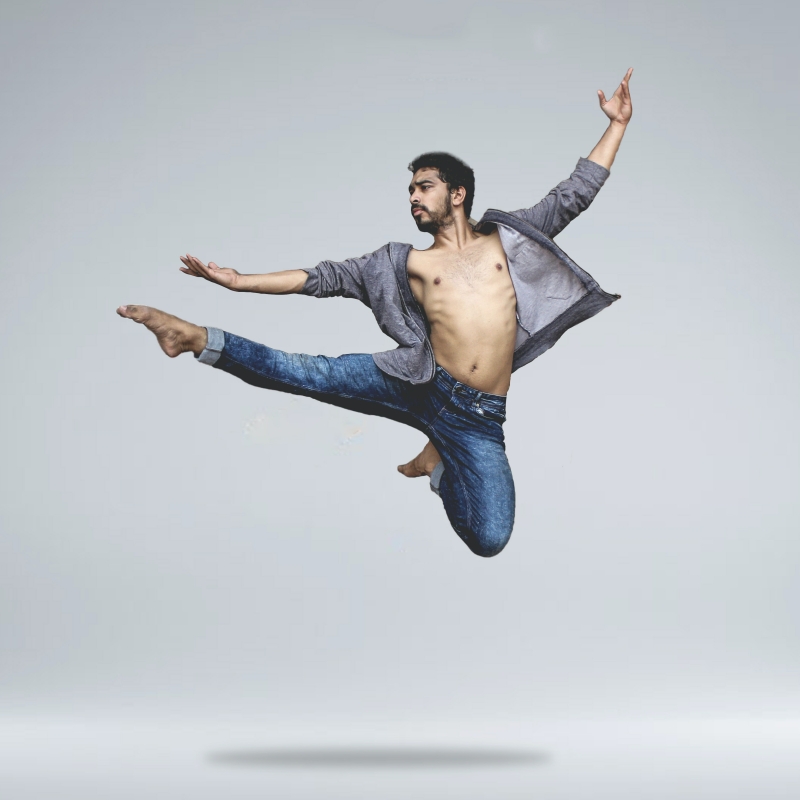 A degree in dance sets you apart from the competition and exposes you to newer dance forms such as partnering, postmodern, and contact improvisation.
A degree in dance sets you apart from the competition and exposes you to newer dance forms such as partnering, postmodern, and contact improvisation.
While some schools focus more on dance training, some specialize in dance scholarship and the academic component of the field. So explore your options and see if there is a dance program that suits your needs. Chances are you will find at least one program that can challenge your dancing and intellectual pursuits all at the same time.
Image via WikipediaBuild connections through networking:
Some dancer landed that dream job because he had a cousin whose best friend’s fiancé knew the artistic director of a company. While this scenario is extreme, it is often how things play out. Somebody you know knows people in high places who can give your resumé some extra attention or land you the audition you always wanted. Do not be afraid to put yourself out there and network. Design a blog, web site or social networking page dedicated to your work in dance.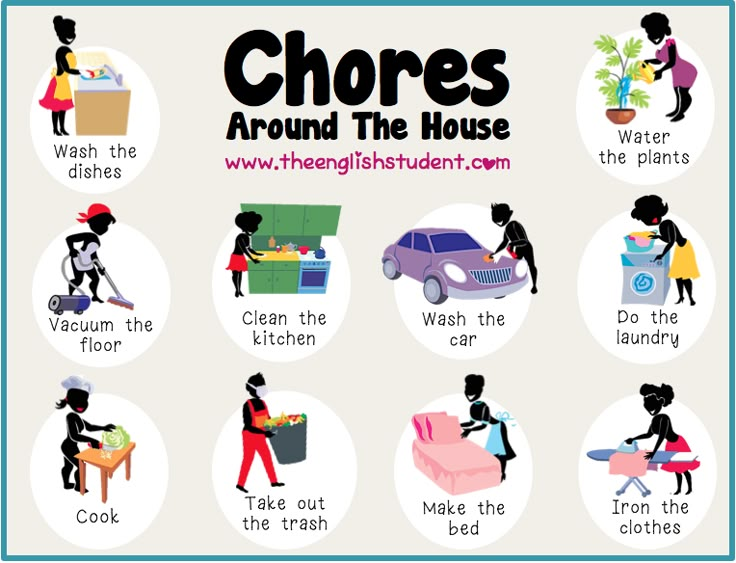 A resumé, headshot (professional photos) and reel of performances and choreography are never a bad idea. With new technologies, promoting yourself as the dance professional you want to be is becoming easier and easier. Do not hesitate to talk to friends, family and co-workers about your goals, because you may be surprised at who can help you become a professional dancer.
A resumé, headshot (professional photos) and reel of performances and choreography are never a bad idea. With new technologies, promoting yourself as the dance professional you want to be is becoming easier and easier. Do not hesitate to talk to friends, family and co-workers about your goals, because you may be surprised at who can help you become a professional dancer.
Final Thoughts:
Hard work and dedication always win out in the end. If you believe in yourself, never give up, and work until you see your dream become a reality. Go out into the world and make your own creative opportunities. You have the power to create your own career.
Kindly follow, like or share:
Roger Lee
Roger Lee is a professional dance writer, instructor, and studio consultant from Philadelphia, PA. His writing has been published nationally in Dance Magazine, Dance Magazine College Guide, Dance Studio Life Magazine, and The Dance Journal. Roger has taught hip-hop at The Rock School of Dance Education, Koresh School of Dance, Mid-Atlantic Ballet, Philadelphia Ballet School, and Drexel University Recreation Center.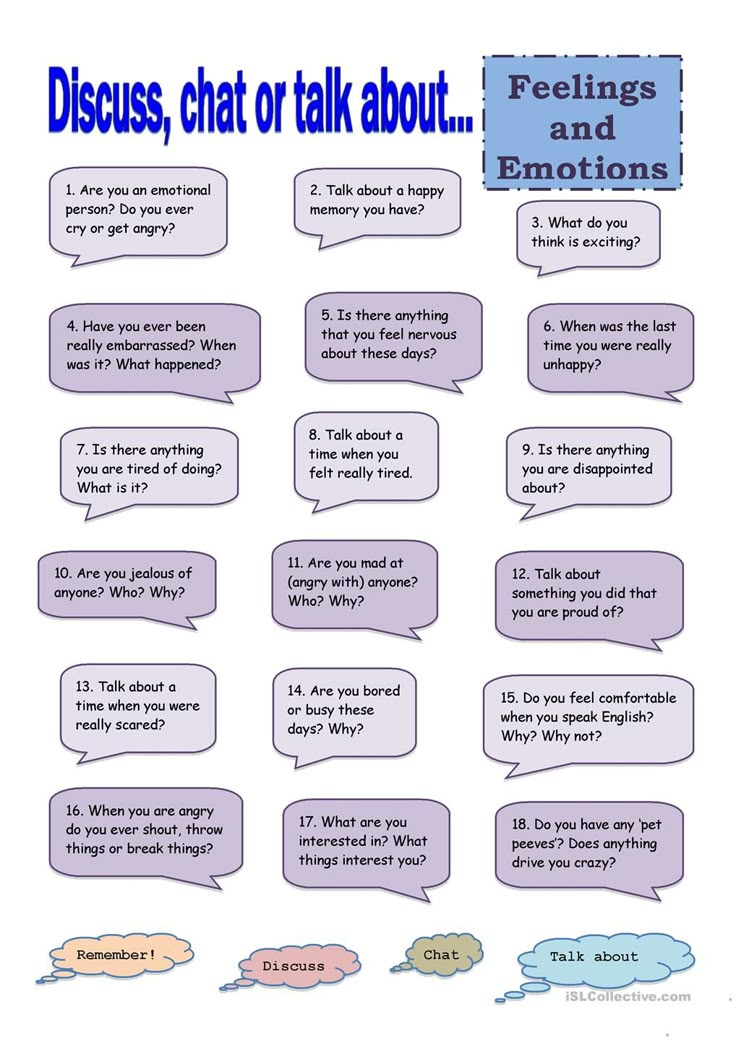 Roger also directs and choreographs Roger Lee Dance Company and provides dance studio marketing, communications, and publicity at www.rogerleedance.com
Roger also directs and choreographs Roger Lee Dance Company and provides dance studio marketing, communications, and publicity at www.rogerleedance.com
www.rogerleedance.com
Career in Dancing: Jobs, Courses, Salary & Scope 2021
Performing Arts is a source of inner feelings and emotions, express ideas, bring social issues to the public eye. So, if you get an adrenaline buzz from being on stage, performing and dancing, then a degree in Performing Arts can be the perfect way to develop your skills and build your confidence. With the growing demand of all-rounders, the world recognises highly valued performers who are skilful in singing, acting and dancing. But nothing comes easy! In order to produce a piece of art of any form, you need extensive practice, hard work and guidance. To help you prepare in varied in style and tone, we have come up with some of the specialised courses that will fit your interest and help you build a rewarding career in Dancing.
Diploma in Music
Creative Career Options
This Blog Includes:
- Is Dance a Good Career Option?
- Courses for Career in Dancing
- Top Dance Schools in the World
- Top Schools for Career in Dance in India
- Dance Careers and Salaries
- Career in Dancing after 12th
- Popular Forms of Dance
- Career in Dancing Ballet
- Career in Ballroom Dancing
- Career in Kathak Dance
- FAQs
Is Dance a Good Career Option?
Imbued with aesthetics and symbolism, dance is an art form that involves movements and steps to express and demonstrate a culture and art form. It is considered as an expression of pleasure and joy when performed in a social setting. While dance can also be seen as a theatrical form of art where there is an elaborate choreography followed by planning on multiple levels such as costume design, stage design, the scenery, and many others to create a production. Therefore, to make a career in dancing, you can learn a particular form and master in it. You can definitely opt for Indian dance forms like Kathak, Bharatnatyam, Kuchipudi, Bihu, Kathakali, Kalbeliya, Ghoomar, Garba, Bhangra, etc. or if you are intrigued by the international culture, then you go for Ballet, Tap, Jazz, Modern, Lyrical, Hip Hop, Contemporary, Highland Dancing, Line Dancing and Irish Dancing. Apart from following particular dance forms, formal education can readily add to your expanding skill set and broaden your career choices.
It is considered as an expression of pleasure and joy when performed in a social setting. While dance can also be seen as a theatrical form of art where there is an elaborate choreography followed by planning on multiple levels such as costume design, stage design, the scenery, and many others to create a production. Therefore, to make a career in dancing, you can learn a particular form and master in it. You can definitely opt for Indian dance forms like Kathak, Bharatnatyam, Kuchipudi, Bihu, Kathakali, Kalbeliya, Ghoomar, Garba, Bhangra, etc. or if you are intrigued by the international culture, then you go for Ballet, Tap, Jazz, Modern, Lyrical, Hip Hop, Contemporary, Highland Dancing, Line Dancing and Irish Dancing. Apart from following particular dance forms, formal education can readily add to your expanding skill set and broaden your career choices.
Career in Art and Drama
Courses for Career in Dancing
Although post-school education is not necessarily a requirement to build a career in Dancing, degree courses can allow students to explore different dance genres or concentrate on a specific discipline.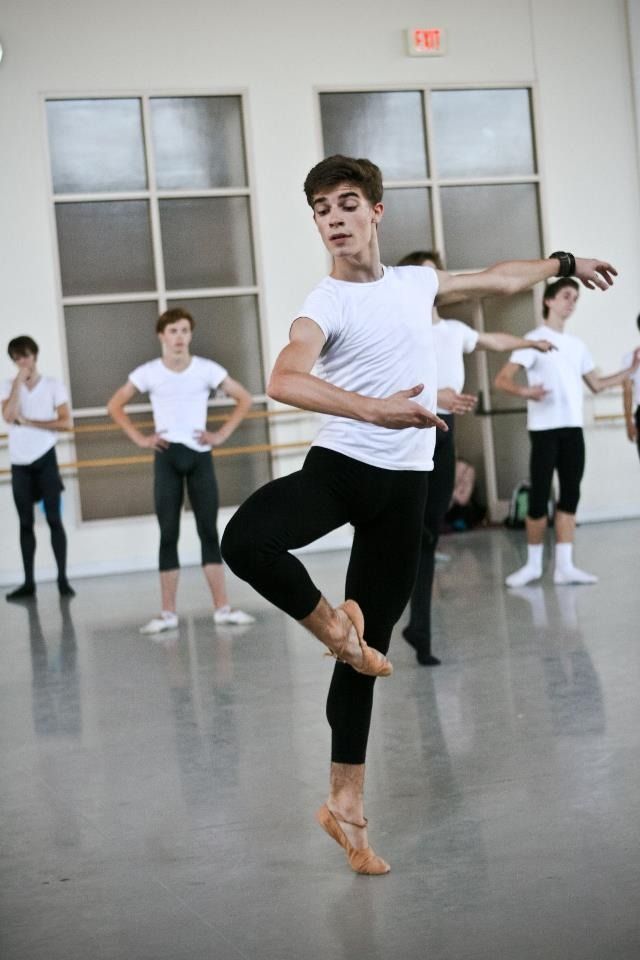 Moreover, students get an opportunity to gather practical experience along with learning about contemporary dance trends, choreography, movement analysis, rhythm and dynamic, ballet, jazz, dance history and composition. For those planning to go for a graduate degree can choose to pursue MFA programs in dance. The program allows them to study advanced dance theory and performing arts in their chosen dance style under the mentorship of a highly skilled faculty. So, if you’re interested in learning such courses, we have listed various degree courses in dancing at different academic levels:
Moreover, students get an opportunity to gather practical experience along with learning about contemporary dance trends, choreography, movement analysis, rhythm and dynamic, ballet, jazz, dance history and composition. For those planning to go for a graduate degree can choose to pursue MFA programs in dance. The program allows them to study advanced dance theory and performing arts in their chosen dance style under the mentorship of a highly skilled faculty. So, if you’re interested in learning such courses, we have listed various degree courses in dancing at different academic levels:
| Education Level | Courses in Dancing |
| Diploma | Diploma in Dance Performing Arts Diploma in Dance Education Diploma in Dance Certificate Course in Dance Performance Diploma in Fine Arts |
| Bachelor’s Level | Bachelor of Fine Arts in Dance Bachelor of Arts in Dance and Performance Studies Bachelor of Fine Arts in Dance Performance Bachelor of Arts in Dance Bachelor of Science in Dance Bachelor of Arts in Dance and Movement Studies |
| Master’s Level | Master of Fine Arts in Choreographic Inquiry Master of Fine Arts in Dance: Embodied Interdisciplinary Praxis Master of Fine Arts in Dance Master of Arts in Dance Education: Teaching Dance in the Professions and ABT Ballet Pedagogy Master of Arts in Teaching Dance in Professions Master of Fine Arts in Dance MA in Teaching Dance, All Grades, Initial Certification Master of Arts in Teaching Dance, Grades K-12, Initial Certification Master of Arts in Teaching Dance, Grades K-12, Professional Certification Master of Fine Arts (Dance) (Research) Master of Education (M. 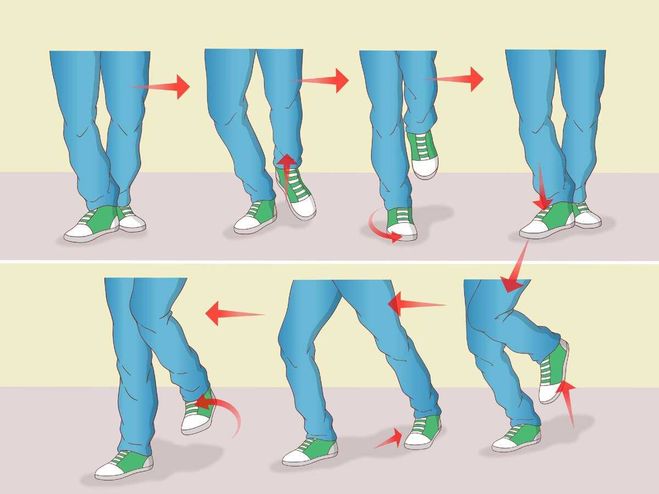 Ed.) Certification, Pre K-12 Dance Education Ed.) Certification, Pre K-12 Dance EducationMasters of Education (Ed.M.) in Dance Education |
Visual Arts Courses
What Can You Do with an MFA Degree?
Top Dance Schools in the World
Dance is a field where your finesse has the most crucial role to play in terms of how your career flows, but getting the best mentorship in the world would expose you to the challenges that you may face and prepare you for them. Besides this, these programs prepare dancers for different types of performance settings and job roles. There are various institutes across the world designed to guide students who are interested in the field of dance for motion pictures, digital media, television, stage and animation. Let’s take a look at some of the prominent dance schools offering excellent courses in Visual Arts and Performing Arts:
- The Juilliard School, New York
- Performing Arts Research and Training Studios (P.
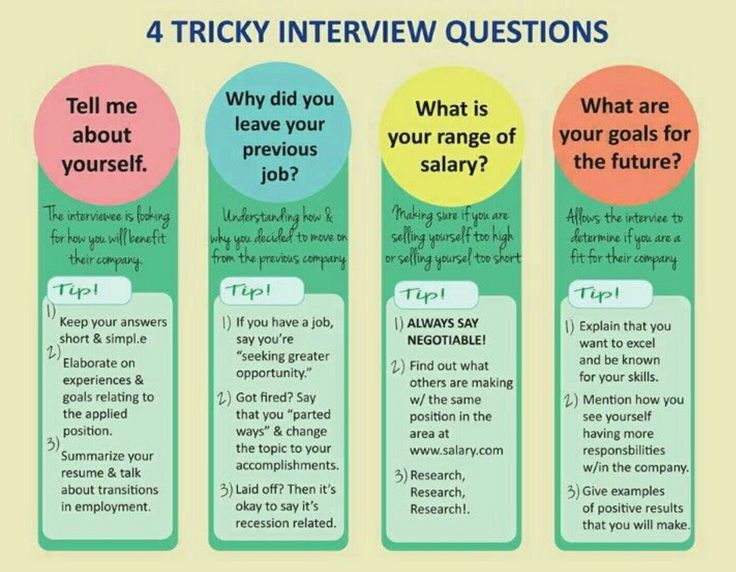 A.R.T.S), Belgium
A.R.T.S), Belgium - Folkwang University of the Arts
- Conservatori Superior de Danza, Madrid
- American Ballet Theatre, USA
- John Hopkins University
- University of California, Berkeley
- Columbia University
- University of California, Los Angeles
- Duke University
- University of Michigan
- Northwestern University
- University of Washington
- New York University
- The University of Edinburgh
- The University of Melbourne
- University of Texas at Austin
- Utrecht University
- Queensland University of Technology
- University of Auckland
- Royal Holloway University of London
- University of Surrey
Best Art Schools in the World
Top Schools for Career in Dance in India
Apart from these, here are the top Indian dance schools which you can explore if you are planning to learn dancing in India:
- Sangeet Natak Akademi
- Benaras Hindu University
- Bharatiya Vidya Bhavan, Bangalore
- Nalanda Dance Research Centre
- Bharatiya Vidya Bhavan, Bangalore
- Bharathiar Palkalaikoodam, Puducherry
- Gandharva Mahavidyalaya, Delhi
Dance Careers and Salaries
Career in Dancing opens up the opportunity to perform in a live setup or work in domains like choreography or teaching.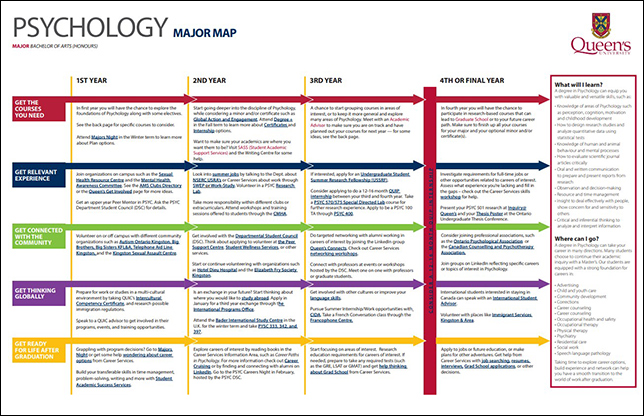 Sometimes, you can find a profession in Performing Arts and theatre or simply choose to become a Youtuber or a social media influencer. Here are some ideas to consider:
Sometimes, you can find a profession in Performing Arts and theatre or simply choose to become a Youtuber or a social media influencer. Here are some ideas to consider:
| Job Profile | Description | Salaries |
| Dance Teacher | Teaching at a studio or public school system witha Master’s degree or any other qualification is oneof the most popular career choices.It is interesting to know that, the field of dancingwould not exist without dancer teachers. | Rs. 6,50,000 |
| Choreographer | You can either choose to start your own dance companyor simply work at a local theatre groups for plays or musicalsor as choreographers for commercial work. | Rs. 4,00,000 |
| Work in ArtsAdministration | If you desire a less physically active career in Dancing,you can shift to a desk job; schedule meetings showsor rehearsals and organize fundraisers and budgetary finances. | Rs. 7,00,000 |
| Yoga or PilatesInstructor | With kinaesthetic knowledge, Pilates mat and apparatus training,offer wonderful careers and additional income to full-timedancers. This is best for those who wish to transition into a fieldthat is gentler on their body while keeping them physically activeat the same time. | Rs. 5,00,000 |
| Marketing for Dancers | Professionals can become a graphic designer or closelywork in arts administration for a company. You will be activelyengaged in crafting web pages, promotional materials, flyersor promoting an event through social media. | Rs. 10,45,000 |
| Dance Photographer orVideographer | Being a dancer, you can become aware of different movements,therefore photography can be easier to give you an edge topredict video framing and great photo movements. | Rs. 3,40,000 |
| Costume or ClothingDesigner | Apart from dancing, you can create costumes and dancewearthat are designed to be moved in with the body. Moreover,the internet has paved the way for a booming self-employmentmarket like Paypal, Etsy, Shopify, etc. Moreover,the internet has paved the way for a booming self-employmentmarket like Paypal, Etsy, Shopify, etc. | Rs. 5,00,000 |
| Physical Therapist orDance MedicineSpecialist | An academic degree program along with extensive trainingand a wide range of kinesiology and anatomy knowledge,graduates can choose to work as physical therapists. | Rs. 4,00,000 |
Career in Dancing after 12th
Credits: Create your identityPopular Forms of Dance
There are numerous forms of Dance in India and abroad. Check out the popular forms of Dance globally:
Career in Dancing Ballet
Ballet is one of the beautiful forms of dance. Popular all around the corners of the world. Ballet is a form that tells a story through dance. It originated the Italian renaissance in the fifteenth century. It was initially popular in Russia and France.
Popular all around the corners of the world. Ballet is a form that tells a story through dance. It originated the Italian renaissance in the fifteenth century. It was initially popular in Russia and France.
Career in Ballroom Dancing
Ballroom dancing is one of the elegant forms of dancing. Ballroom dancing is one of the oldest forms and still practiced today at social events and competitions. Ballroom dancing is a couple dance and will require two people to dance together.
Credits: Warner the greatCareer in Kathak Dance
When it comes to dancing, India is home to some of the unique dance forms. In every state you can find a different folk dances. Like in Punjab, Bhangra is famous and Kathak from the god’s own state Kerala. It is an inspirational form of Dance inspired from Ramayana and stories from Shaiva traditions.
In every state you can find a different folk dances. Like in Punjab, Bhangra is famous and Kathak from the god’s own state Kerala. It is an inspirational form of Dance inspired from Ramayana and stories from Shaiva traditions.
FAQs
Is dance a good career option?
Dancing as a career has numerous lucrative opportunities on offer! You can become a professional dancer or pursue the career path of a choreographer or dance teacher. There are numerous promising opportunities available for those passionate about dancing and performing arts and can explore incredible careers in the entertainment industry and education sector.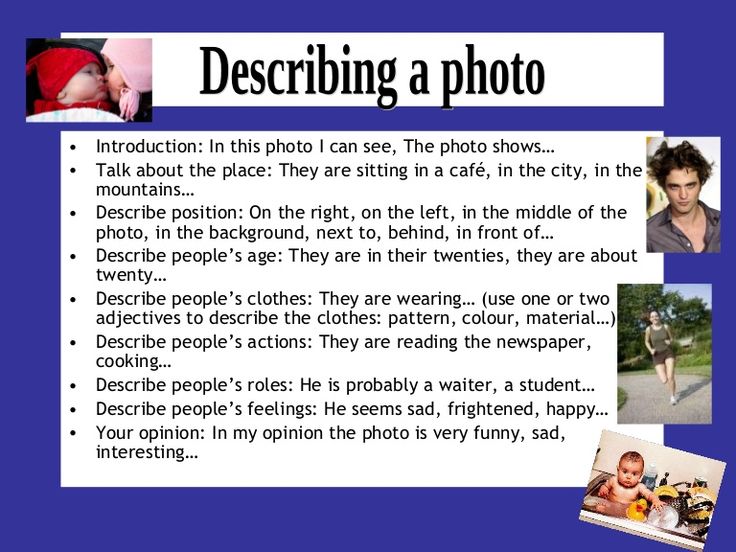
How do you become a professional dancer?
Professional dancers commonly opt for training programs at dance schools and master their chosen dance form through diploma as well as degree courses. A host of programs are available in dancing at diploma, bachelor’s and master’s level which you can choose as per your interests and preferences.
What are the career options in Dancing?
There are several career options in Dancing such as Professional Dancer, Dance Teacher, Choreographer, Dance Therapist, Dance Photographer, etc.
Dancing brings wonderful qualities to open new doors, build new bridges and have a happy life no matter what you do. If you enjoy the movement of your legs and sole and want to make a lucrative career in Dancing, you need to start now. Book your 30 minutes free career counselling with Leverage Edu experts, and get help in choosing the right place that provides you with the most suited platform to improve your training and grow as a professional.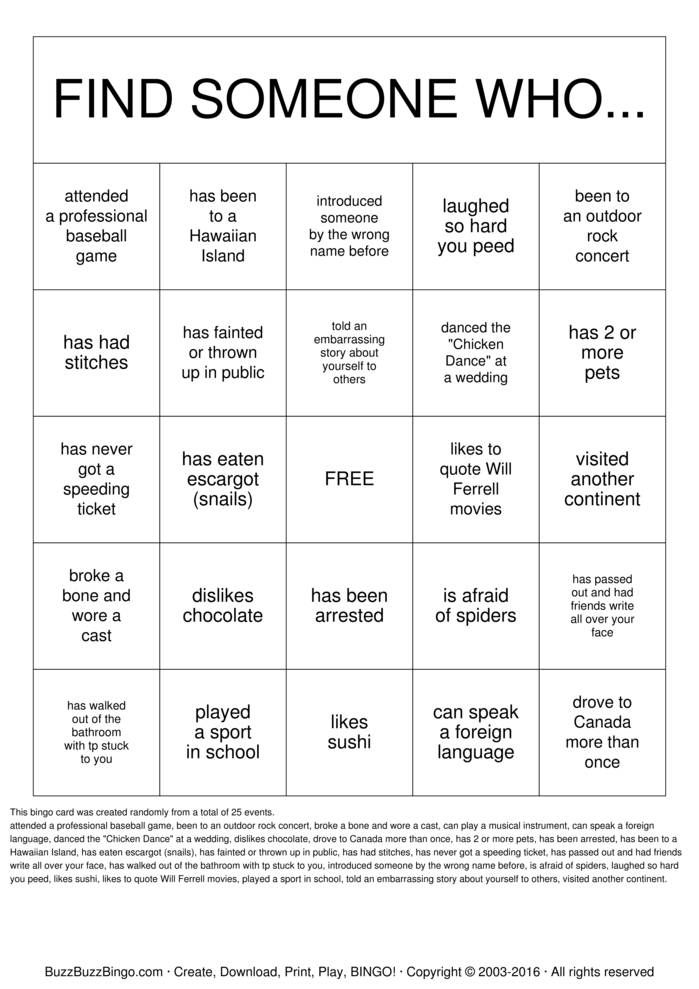
where to study, salary, pros and cons
Author: ProfGuide
Updated
Dancer is a person of art who performs rhythmic movements to music, taking part in theatrical performances, shows. The profession belongs to the type “a person is an artistic image”, it requires excellent self-discipline and, of course, talent. Children who distinguish literature, physical education, music and singing from all school subjects can become dancers. By the way, the ProfGid career guidance center has recently developed an accurate career guidance test that will tell you which professions suit you, give an opinion about your personality type and intelligence. 9Ol000
Brief description
This profession has a rich history and is closely associated with the arts. However, the success of dancers by more than 50% depends on dedication, endurance, self-discipline. A specialist can work independently, performing solo choreographic numbers, it is also worth highlighting pair and collective dances. There are a lot of types and techniques of this art direction:
However, the success of dancers by more than 50% depends on dedication, endurance, self-discipline. A specialist can work independently, performing solo choreographic numbers, it is also worth highlighting pair and collective dances. There are a lot of types and techniques of this art direction:
- ballet;
- pop and folk dance;
- historical dance and others.
See also:
Also distinguish styles such as street jazz, hip-hop, R'n'B, contemporary dance, street dance, etc. Dancers choose the style and type of performing arts based on their physical abilities, temperament, personal preferences. On stage, they create artistic images, convey emotions, making the hearts of the audience tremble.
Features of the profession
Anyone can become a professional dancer, but it is worth starting training in childhood. Choreographers recommend giving children to dance studios at the age of 3-7 years, which will allow them to develop good posture, plasticity, stretching, a sense of rhythm and other skills necessary for professional performance. Dancers most often work in 1-2 overlapping styles, they pay special attention to training and rehearsals, maintaining excellent physical shape. A career is short, because its peak is at the age of 15-25 years, and after 30 years, most specialists change their field of activity. They can realize their talent and knowledge in other areas, working as directors, choreographers, school teachers.
Dancers most often work in 1-2 overlapping styles, they pay special attention to training and rehearsals, maintaining excellent physical shape. A career is short, because its peak is at the age of 15-25 years, and after 30 years, most specialists change their field of activity. They can realize their talent and knowledge in other areas, working as directors, choreographers, school teachers.
Dancers independently or under the guidance of a choreographer create performances: choice of music, sequence and rhythm of movements, costumes and image, facial expressions, plasticity. Before performing the dance, they rehearse for a long time, honing their skills. Many members of this profession often travel around their home country and travel abroad, where they give concerts. The activity is associated with certain difficulties, which leaves an imprint on the lifestyle and character of the dancer.
Pros and cons of the profession
Pros
- Excellent physical development, because dancing strengthens the body and willpower.

- Opportunity to work on the best stages.
- Talented dancers achieve success quickly.
- The profession is interesting, active and ambitious people will like it.
- Opportunity to earn income from various sources, because dancers work alone or in pairs, can take part in private productions, star in music videos.
- Useful business connections in the world of art.
- The opportunity to change the field of activity, because dancers often open schools, give private lessons, work as choreographers - the choice of directions is huge.
Cons
- High injury rate.
- Serious injuries can put an end to a professional career.
- Short career period.
- Very high competition.
See also:
Important personal qualities
Dancers have excellent plasticity, but in this profession not only technical performance is important, but also emotionality. The dancers convey the idea of the performance with the help of movements, facial expressions, so they must be distinguished by well-developed artistry.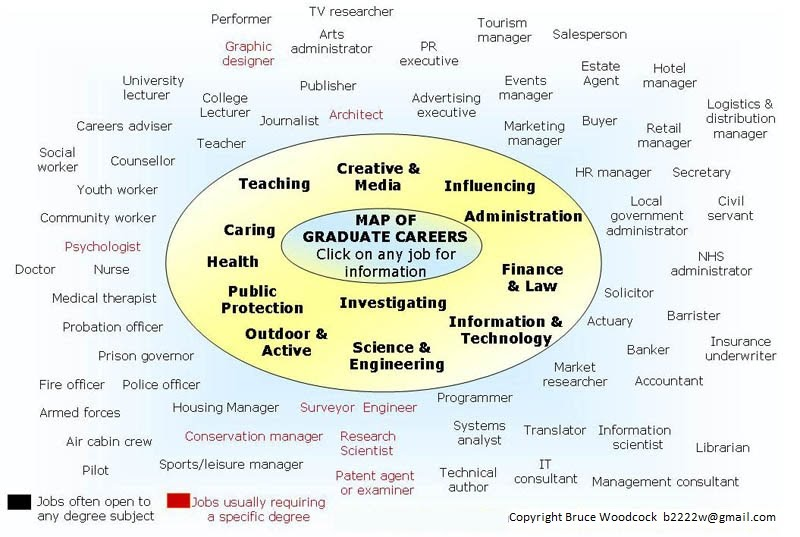 Increased efficiency, resistance to physical stress and low pain threshold are very important, because rehearsals and performances often end with sprains, dislocations and other minor injuries. Only those people who do not suffer from laziness, negligence, and excessive self-confidence ascend to the pinnacle of success.
Increased efficiency, resistance to physical stress and low pain threshold are very important, because rehearsals and performances often end with sprains, dislocations and other minor injuries. Only those people who do not suffer from laziness, negligence, and excessive self-confidence ascend to the pinnacle of success.
Dance training
Professional education can be obtained in different institutions:
- schools and academies of choreography;
- dance studios;
- colleges;
- universities.
There are no special requirements for the education of a dancer, the level of his skill is determined during choreographic tests. It is worth starting training at a young age in order to reach a professional level. Let's consider the most interesting directions:
- "The art of dance (by type)", implemented in choreographic colleges and schools. You can start training after grades 7-9, which depends on the requirements of the college;
- The Art of Ballet.
 The direction of training is open in many creative colleges, studio schools, academies. Children who have completed the 4th grade of the school are invited to study.
The direction of training is open in many creative colleges, studio schools, academies. Children who have completed the 4th grade of the school are invited to study.
You can also go to study at a university, choosing a specialty related to choreography, folk dance and other areas. Primary training can be obtained in public and private schools of choreographic art, during individual lessons.
Universities
-
4 years
90,000 ₽/year
12 budget places
-
4 years
158,100 ₽/year
23 budget places
-
4 years
65,000 ₽/year
8 budget places
-
4 years
200,000 ₽/year
16 budget places
Best Primary Schools
- Dance Quarter School.
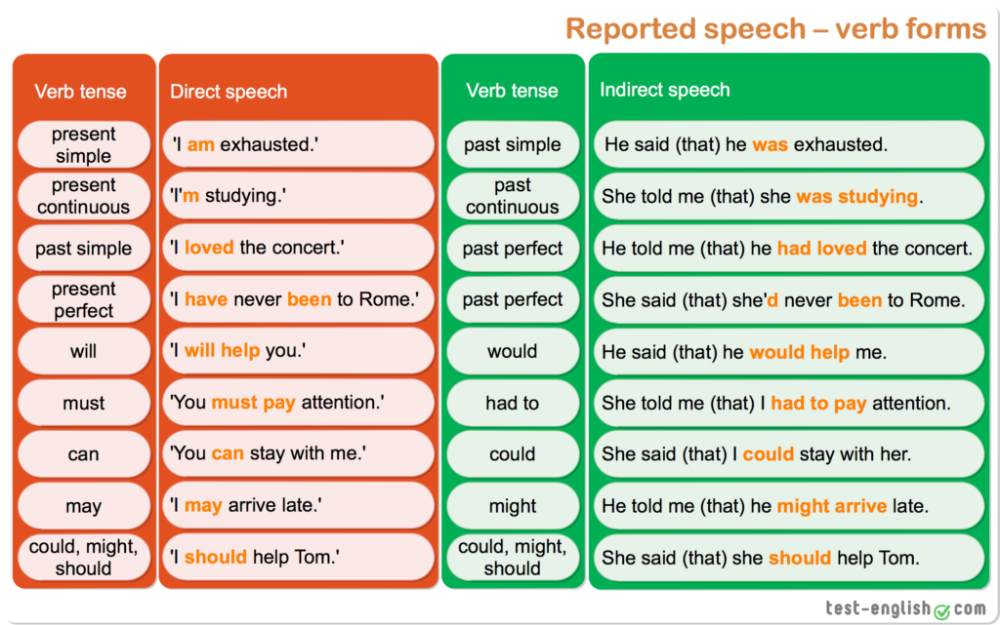
- School for children "Dancevaliya".
- State 27 Dance Studio.
Best colleges and academies for dancers
- ARB im. A. Ya. Vaganova.
- MGAH.
- MCU at the Moscow State Academy of Theater Arts "Gzhel".
- School-studio (school) at GAANT them. I. Moiseeva.
- KMTI them. G. P. Vishnevskaya.
Best universities
- IPCC.
- GITIS-RATI.
- MGAH.
- ARB them. A. Ya. Vaganova.
- Russian State University A. N. Kosygin.
- ISI.
- UGAI.
- SPbGUP.
- AGIIK.
- KemGIK.
See also:
Place of work
Dancers are in demand in theaters, film industry and organization of holidays and events. They can work as teachers, find vacancies in nightclubs, private groups - there are many options for employment.
Salary
There is no exact tariff rate in this segment, because everything depends on the style in which the dancer works, personal qualities, education, reputation and experience. Dancers can receive a fixed salary or fees for each performance, lesson.
Dancers can receive a fixed salary or fees for each performance, lesson.
Dancer's salary for December 2022
Salary information provided by hh.ru portal.
Russia 20000–160000 RUB
Moscow 40000–60000 RUB
Professional knowledge
- Classical choreography.
- Acting.
- Fundamentals of physical training.
- Art History.
- Foreign languages (for professionals who work abroad).
Famous dancers
- Karen Hardy.
- Ekaterina Krysanova.
- Yankovsky Vyacheslav Vyacheslavovich.
See also:
Examples of companies with vacancies as a dancer
10 misconceptions about dancing
The desire to learn to dance is natural and natural in the modern world. You can list the reasons, starting with obvious and popular pragmatic desires, for example, to start moving or losing weight, ending with unconscious and even existential ones.
This is due to the fact that dancing is at the subtle intersection of the inner and outer worlds, physical and spiritual. Above this, music becomes a driver that cannot leave anyone indifferent.
In dancing there is magic inside a person, which is not always noticeable when viewed from the side. At the initial stage, it is the external picture that attracts to dances, and sometimes repels, as it seems too frivolous and superficial.
But there are even stronger obstacles that stop many people from starting dancing. These illusions and delusions roam the minds of the majority, and are often afraid to ask about them directly, or they ask the question about it so often that they are no longer ready to hear an honest direct answer. I will try to do it in this article.
There are many examples of contemporary dance instructors sharing their thoughts about not expecting to be in the dance industry. Once upon a time there was a man and was engaged in adult, serious business. Sometimes even very serious. A person could have children and even grandchildren. I saw dances only on stage or on TV. For reasons unknown to himself, he ended up in dances. At first, everything seemed like entertainment and a useful pastime. But time has passed, and a person catches himself thinking that he thinks about dancing not just every day, but really all the time. A couple of years pass, and he already becomes a teacher or organizer of some event.
Sometimes even very serious. A person could have children and even grandchildren. I saw dances only on stage or on TV. For reasons unknown to himself, he ended up in dances. At first, everything seemed like entertainment and a useful pastime. But time has passed, and a person catches himself thinking that he thinks about dancing not just every day, but really all the time. A couple of years pass, and he already becomes a teacher or organizer of some event.
A similar path can start at 15 or 55 years old. The only difference will be in the self-perception of the starting stage, that it’s too late to dance. In fact, for each age there is its own dance direction, which can reveal it to the greatest extent at this stage. Hip-hop or breaking is closer to children and teenagers, and Argentine tango is closer to adults. It's never too late to start dancing. You need to make the right choice of dance style based on several parameters: age, gender, music, goal. There is a dance direction for any arrangement.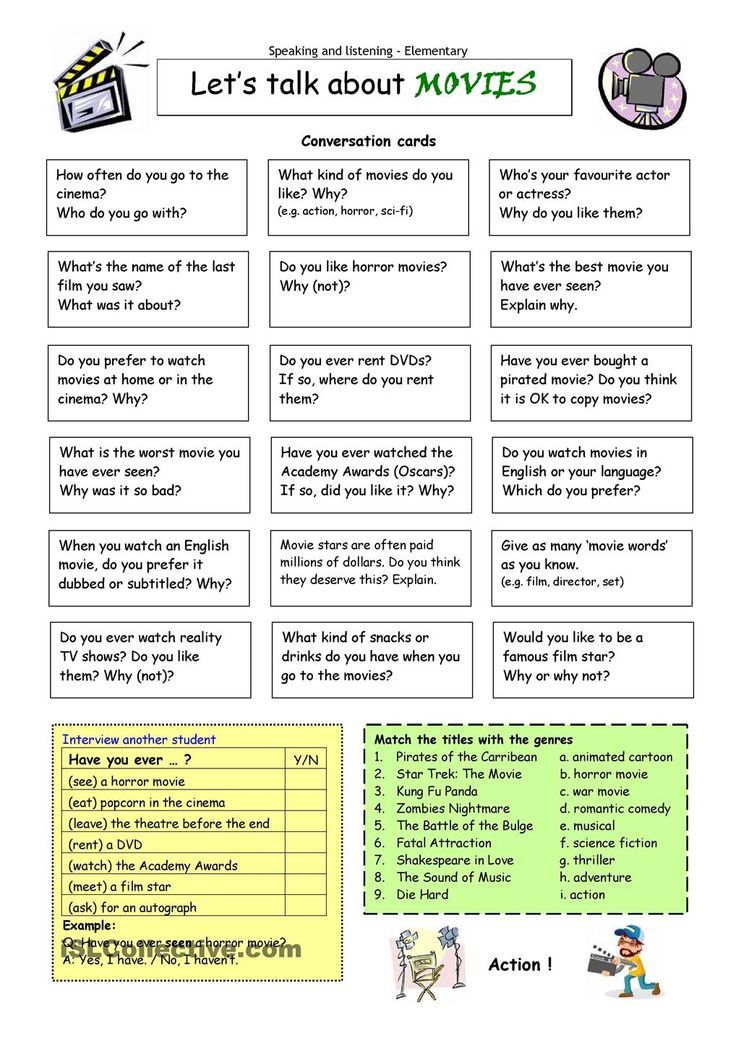
Misconception 2: men don't dance
Our culture has a number of restrictions related to dancing. Most of these causes are psychological and lie outside the realm of rational reasoning.
First, in our culture, in principle, dancing for pleasure or self-expression appeared relatively recently. 20-30 years ago dance clubs were only for children. To start dancing even in adolescence was considered exotic.
Secondly, the aesthetics of the body in our country for men is not in the focus of attention. In general, this can be attributed to the fact that Russian men try hard not to draw attention to their appearance and clothing. Men in our country use other tools for this.
Third, dancing is associated with entertainment and alcohol. If a man feels serious and respectable, then he either does not have time or desire for this.
Nowadays the general cultural background has changed and the result is that men are learning to dance. It becomes as much a sign of masculinity as clothing, hair or beard.
It becomes as much a sign of masculinity as clothing, hair or beard.
Unfortunately, many misconceptions remain even among those who have already started dancing. Dance teachers do not always pay attention to this, as it seems to them that this is a matter of course.
Fallacy 3: special training is needed
For the outside observer, there is always a cognitive dissonance about what dance is. What he sees on the big stage in the form of a show with sweeping movements and splits is obviously dancing. Breakers doing unimaginable elements in the air and on their hands, competing with each other, also seem to be dancing. Pensioners in the park waltz. Dancing again, but for some reason everyone is so different. How to understand that this is a dance, and what physical criteria should be in the body.
In fact, any self-expression through the body to music can be attributed to dance. There are a number of reservations, but they are not essential. For self-expression, a person uses the set of plastics that he has. Subtlety and technique do not depend on extreme ways of self-expression, and it often happens that splits and somersaults interfere with a meaningful dance. The development of plasticity and the expansion of the body's capabilities are part of the preparation of the dancer, but not an end in itself.
For self-expression, a person uses the set of plastics that he has. Subtlety and technique do not depend on extreme ways of self-expression, and it often happens that splits and somersaults interfere with a meaningful dance. The development of plasticity and the expansion of the body's capabilities are part of the preparation of the dancer, but not an end in itself.
Misconception 4: You must learn to dance in pairs
In couple dancing, the final learning outcome is that the couple dances at a party. It would seem that you should always train together to get the desired result. This is not true. Let's take an example from boxing. An indicator of a boxer's skill is a fight with an opponent, but this does not mean that he constantly has to fight. Also, the ability to dance is built on the possession of one's own body and the ability to interact.
The skill of the teacher is the correct selection of methods so that the student masters the skill.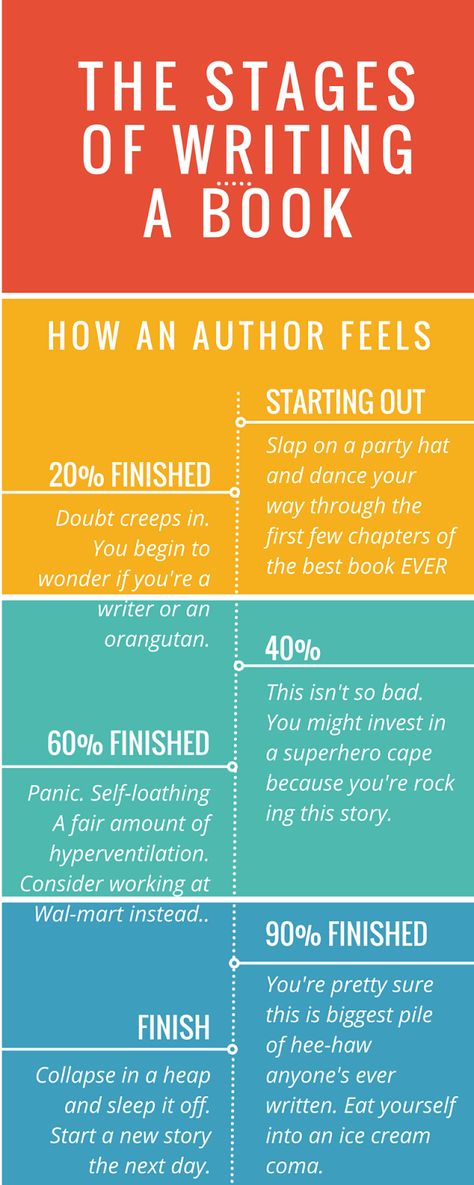 Based on the skill, you can engage in creativity and self-expression in dance. Not everyone knows, but it is no coincidence that almost all social dance dancers have a serious dance background, which is based on the development of individual techniques.
Based on the skill, you can engage in creativity and self-expression in dance. Not everyone knows, but it is no coincidence that almost all social dance dancers have a serious dance background, which is based on the development of individual techniques.
The same can be attributed to the interaction in a pair. The ability to separate in oneself the one who leads and the one who follows the lead is impossible within the framework of studying the sequence of movements in pairs. For this, there are special exercises that make the skill more versatile. For this, the presence of a permanent couple is not necessary, as well as the regular presence of a partner in general.
IMPORTANT! You can’t experiment at a party, and everything should be in its place there: men dance with women.
Getting rid of illusions is a complex internal process. If you leave them to yourself, you can even get the opposite result.
Misconception 5: plasticity and stretching are mandatory attributes of dance
Much depends on the genre of dance that you want to master.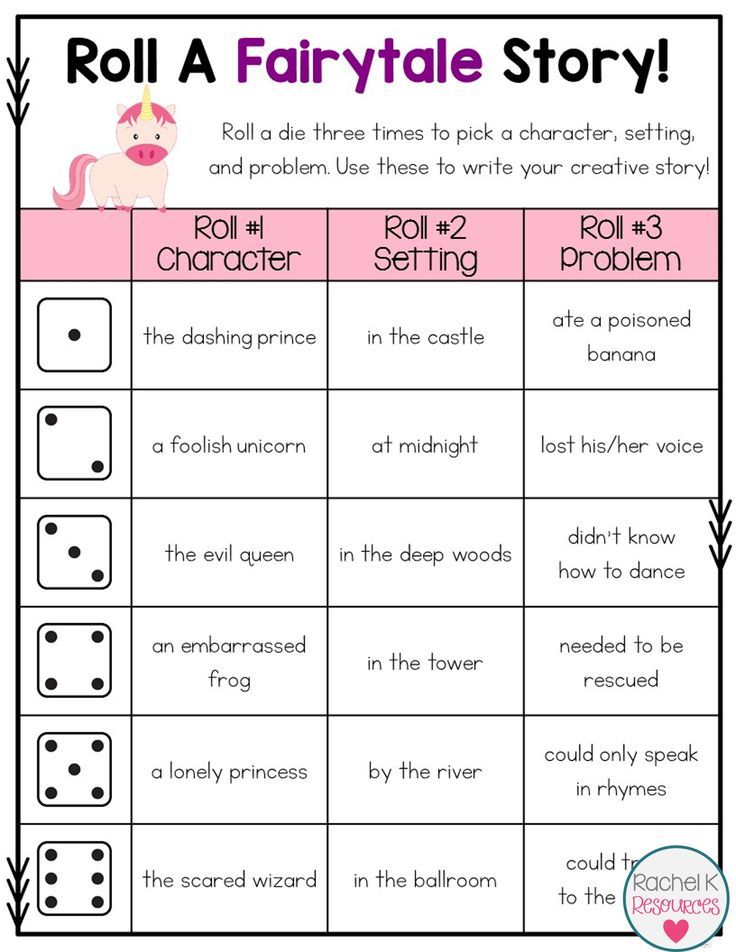 In previous articles, I have already mentioned that different dance styles are suitable for different ages. It is appropriate to dance hip-hop in adolescence or youth, Argentine tango is a more adult dance, it is important to enter classical choreography at a young age.
In previous articles, I have already mentioned that different dance styles are suitable for different ages. It is appropriate to dance hip-hop in adolescence or youth, Argentine tango is a more adult dance, it is important to enter classical choreography at a young age.
The degree of necessary plasticity and sensitivity to the dance direction also correlates. For example, breaking requires great physical effort and dexterity. Elements are built on acrobatics and high speed of execution. Who are they more suitable for? Obviously young people.
There is a lot of interaction in salsa. It is necessary to feel the partner subtly, to be able to show a variety of figures and elements. Twine or acrobatics are completely inappropriate here. However, a variety of ways to show oneself are required. Accordingly, the dance is youthful, but not at all childish.
The older the dance, the less stretching or acrobatics is required. The main emphasis is on the quality of technology, the variety of ideas and the ability to show plasticity.
Misconception 6: Mirrors are necessary for learning
There is a set of instruments that dancers use to learn how to dance. The fact is that the dancer needs to receive feedback on how his movements look from the side. It is impossible to dance and see yourself from the side at the same time. The most common tool is a mirror. But not the only one.
Like any auxiliary tool, mirrors have positive and negative effects. The positive is that they can receive feedback in real time and technically it is not very difficult. The downside can be dependence on mirrors. A situation where a dancer cannot capture the feeling of dancing, such as on stage or at a party. For these purposes, you can use, among other things, video filming or proper preparation.
In many countries in Latin America, dance classrooms are not equipped with mirrors. Classes are held in bars or large halls. The dancers initially form the skill of focusing on the inner sensation, and not the habit of looking for their reflection in the mirror with their eyes.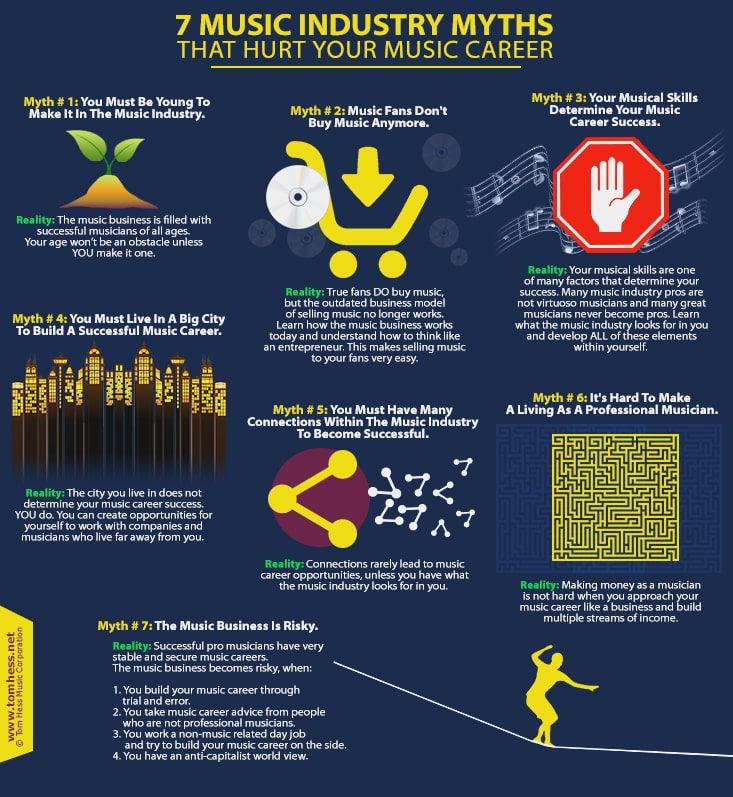
Misconception 7: there is a lot of obsceneness in dancing
A common question from novice dancers who are taking their first steps in more contact couple dances is “in order to dance cool, there must be passion within a couple?”. I immediately answer that no, not necessarily. Kizomba, bachata and Argentine tango attract many with their close contact. Like any other contact in our everyday life, in dances, contact can be different. We hug friends, parents, children. These hugs can wear many different shades. Sexual overtones are one of many.
The culture of dance also includes the boundaries of what is acceptable. A compliment from a well-mannered person is different from a statement about female sexuality by a gopnik. Usually, those who study at a dance school already have an idea of what boundaries should not be crossed. A good dance from a technical point of view will never look vulgar or vulgar.
Dancers always have a choice about the boundaries of contact.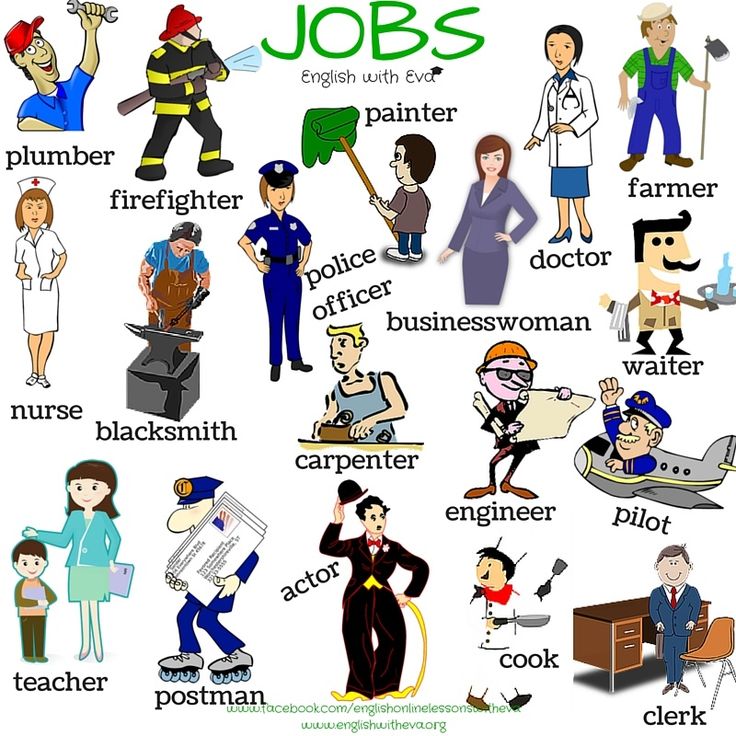 Most prefer to leave a good impression of themselves, as word spreads just as fast in the dance world.
Most prefer to leave a good impression of themselves, as word spreads just as fast in the dance world.
Misconception 8: the best dancers are the bearers of culture
Even the very question of the origin of a particular dance can be paradoxical and ambiguous, especially when it comes to its development and performance.
For example, the Viennese waltz did not originate in Vienna, but in Germany. Salsa has its main roots in the USA, not in Cuba. The famous Greek folk dance sirtaki was invented for the film "Zorba the Greek" and appeared only in 1964.
The same can be attributed to the development of modern dance styles. Korea is known for its world-leading break dancers. People go to Turkey for Argentine tango, Spain is strong with excellent salsa and bachata dancers, in Egypt, Russians are considered the best belly-dance performers.
A good dance is based on quality training and diligence. Skin color, place of birth and age are secondary.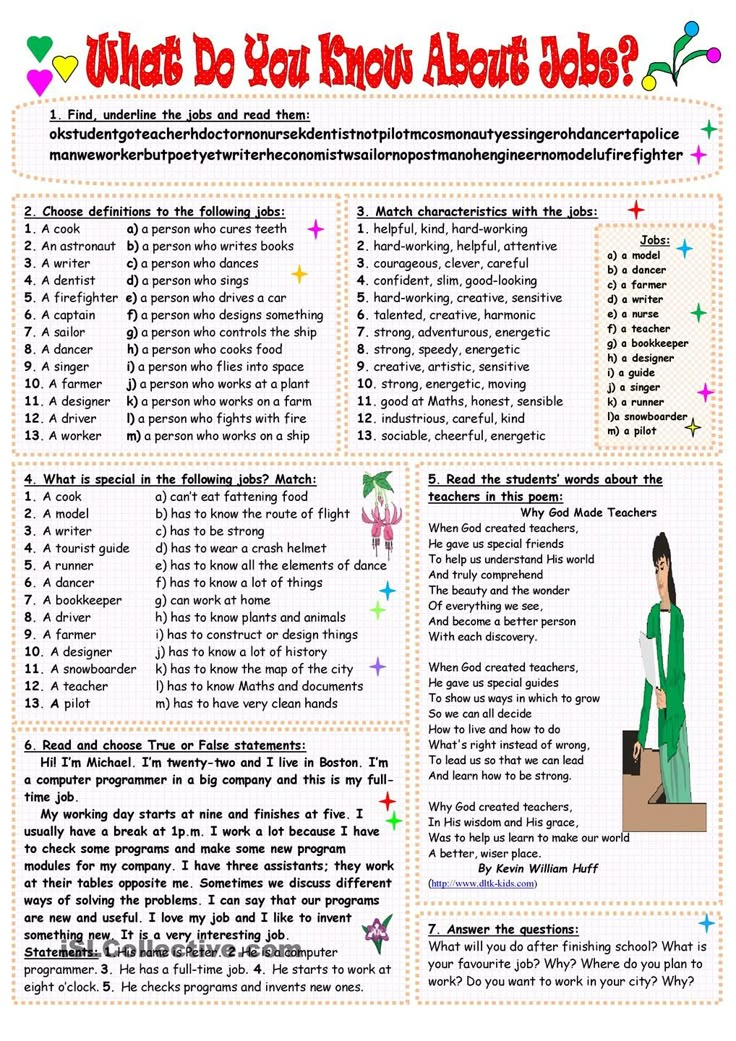 Exotic appearance, unfortunately, is often a reason to be more superficial about one's own professional development. This becomes the reason for the low level of teaching among the bearers of culture. I am sure that few readers of this post will be ready to conduct a master class in Russian folk dance outside of Russia.
Exotic appearance, unfortunately, is often a reason to be more superficial about one's own professional development. This becomes the reason for the low level of teaching among the bearers of culture. I am sure that few readers of this post will be ready to conduct a master class in Russian folk dance outside of Russia.
The mastery of mastering and teaching a particular style does not depend on the dancer's homeland. And "they absorbed the dance with their mother's milk" is nothing more than a common misconception.
Misconception 9: You have to know a lot of moves to learn how to dance
Focusing on learning a lot of moves often detracts from the essence of dance. Of course, the sequence of figures is important. Especially at the start. Over time, the dancer should have an understanding of how movements can be generated independently. Accordingly, instead of memorizing millions of figures, you can understand how to create them.
From every system of improvisation that a dancer can use as an instrument, dozens, hundreds or thousands of variations are derived. This frees the head from trying to reproduce the exact sequence and definitely adds freedom in the performance of the dance.
This frees the head from trying to reproduce the exact sequence and definitely adds freedom in the performance of the dance.
The huge theme of musicality can be attributed to the same question. Not every pre-conceived or learned sequence will fit specific music. The dance should give freedom, and not drive the dancer into the shell of the ropes.
Misconception 10: dancing is homosexual
The unusually high attention to the body and the flair from stories about professional ballet led to the spread of this myth, among other things. Unfortunately, such an idea still exists in the minds of our fellow citizens.
The dance industry is now very broad and is represented by many dance styles. Some of them can even be called homophobic. Dances reflect the general attitude to the world and it is different depending on the life position and worldview of a person.
In many dances there is contact between the dancers. In Russia, dance contact between men has always been perceived very intensely. In most other countries it is different. An example of the fact that this tension is associated only with the dance theme and does not apply to other areas is, for example, wrestling. When practicing techniques, men are in much closer contact with each other. Sometimes lying on the floor and holding each other tightly. The historical roots of Greco-Roman wrestling are also ambiguous from a sexual point of view. But in our country, unlike dance, they are perceived as acceptable and brutal.
In most other countries it is different. An example of the fact that this tension is associated only with the dance theme and does not apply to other areas is, for example, wrestling. When practicing techniques, men are in much closer contact with each other. Sometimes lying on the floor and holding each other tightly. The historical roots of Greco-Roman wrestling are also ambiguous from a sexual point of view. But in our country, unlike dance, they are perceived as acceptable and brutal.
Dance, like the culture of speech, makes a modern person more successful and self-confident. The ability to control one's body, tune in to another person and the ability to be aesthetic in the plasticity of movement is valuable in the modern world. If we add here the pleasure of the process and the availability of dance as such, then the possibilities of this activity can hardly be overestimated.
It's sad when interested people are stopped by prejudices and myths that have nothing to do with dancing.


